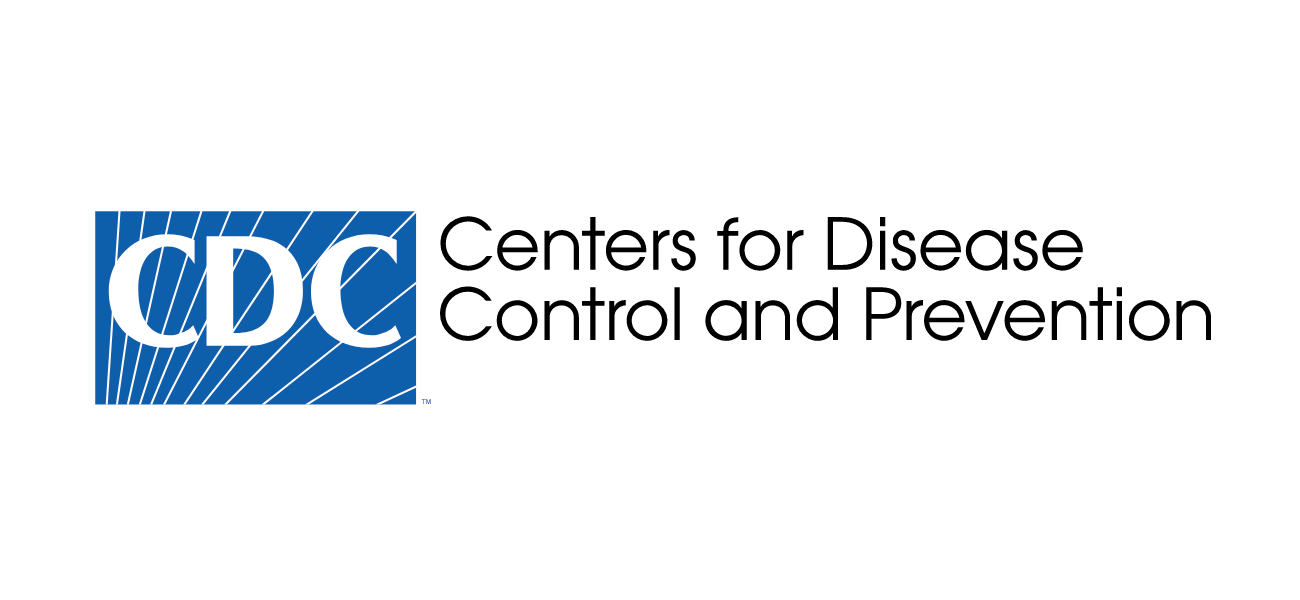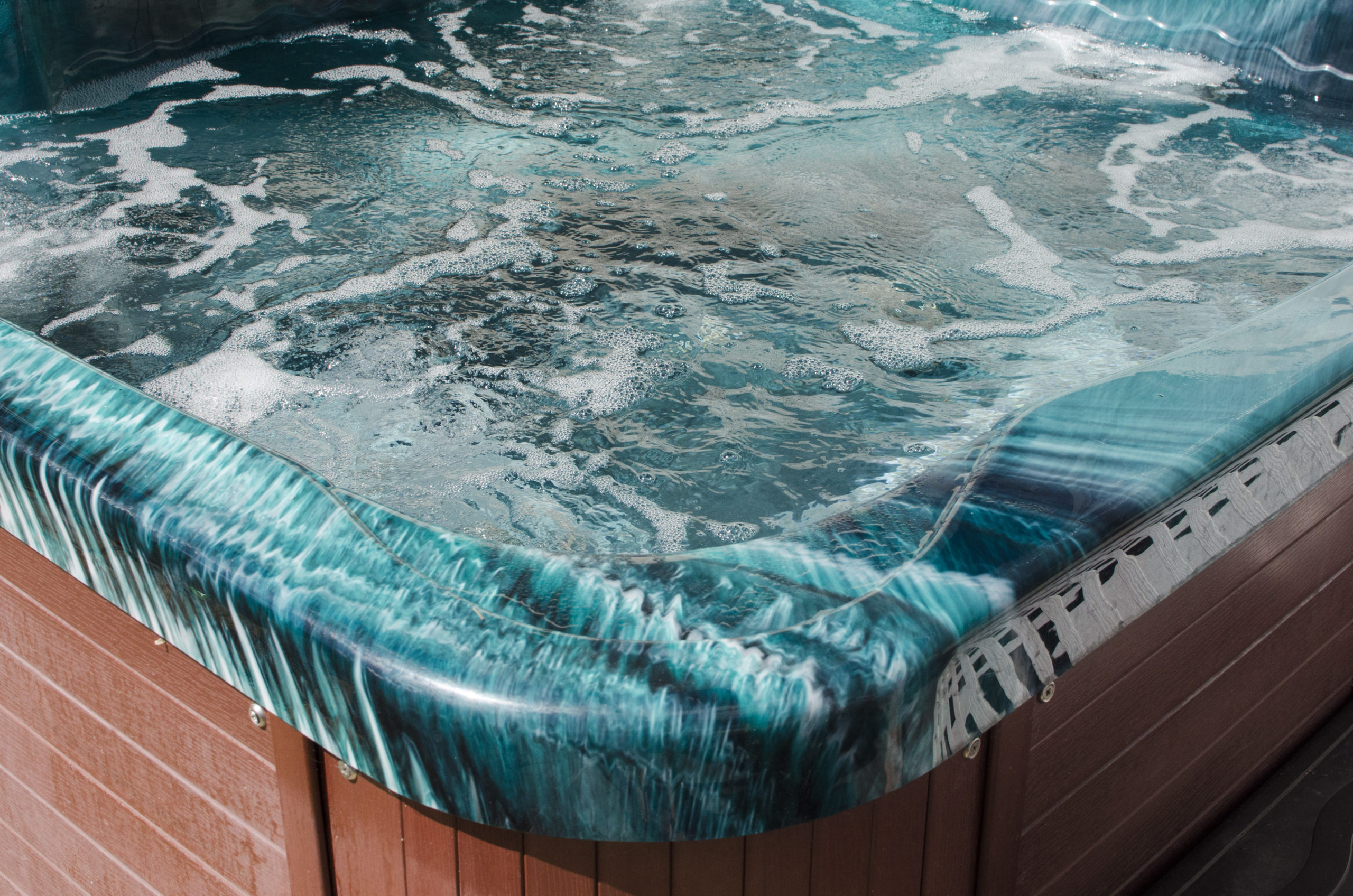
According to the Centers for Disease Control and Prevention, December 2024, was a bad month for the cruise industry. There were numerous outbreaks of Legionnaires’ disease on different cruise ships. These outbreaks point out the need for strict water maintenance, e.g. draining water from hot tubs between uses, removing heating elements, and increasing cleaning and disinfection of the hot tubs, on these ships. Understanding Legionnaires’ Disease Legionnaires’ disease is a severe form of pneumonia caused by the bacterium Legionella pneumophila. The bacteria thrive in warm, stagnant water environments and are commonly transmitted through inhalation of contaminated water droplets. Symptoms include…






